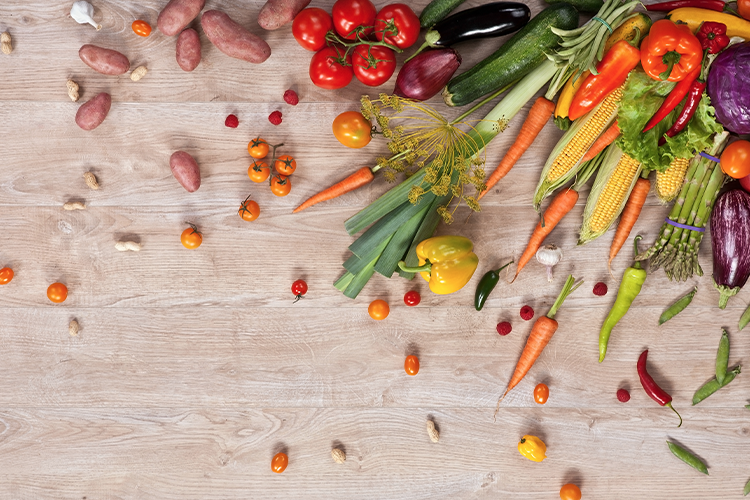Blog
Eating trends: we want healthier food
 The concept of voting with your dollar is actualizing if sales of sugary soft drinks are anything to go by.
The concept of voting with your dollar is actualizing if sales of sugary soft drinks are anything to go by.
In Australia, between 1995 and 2012 sugar-sweetened beverage consumption dropped from 49% to 42%. Artificially sweetened beverage consumption rose slightly in that time from 8% to 10%, which is indicative of people wanting a ‘healthier’ alternative to fizzy drink – however, we are learning that these ‘diet drinks’ aren’t necessarily the best choice.1
Food giants like PepsiCo have recognised the trend away from soda and artificially sweetened beverages. They now generate 45% of their revenue from their line of ‘healthier’ foods, which are lower in sugar and salt (though when referring to PepsiCo’s products, one should use the term ‘healthier’ lightly. They include iced tea and muesli bars with plenty of added sugar).
Additionally, PepsiCo along with Coca-Cola have vowed to reduce the amount of added sugar in their beverages (despite in past being reported to fund public health schemes, then lobby against them). Which is needed considering increased popularity for sugar-laden sports and energy drinks over soft drinks.
For many years, our eating and buying habits have been heavily manipulated by food industry. Formulating the ‘sweet spot’; offering cheap and easily accessible highly palatable junk food; advertising cleverly so we believe a can of Coke will turn a summer’s day into a party or a bottle of Gatorade will help you ‘Be like Mike’ – all are ways to encourage consumption.
But the veil is being lifted. That Sugar Film exemplified the deleterious effect on the body and brain having scoffed 40 teaspoons of sugar a day from commonly eaten and seemingly healthy packaged or heavily processed food and drink.
And it is through documentaries like this and increased access to information that we, as individuals, are becoming empowered with knowledge and learning the real influence food and drink choice has on our short and long-term health.
The appetite for of healthier food is growing. According to global marketing research company Ipsos, current food priorities for Australians include reducing sugar added to food, reducing portion sizes and eating more fresh veg and fruit.2
Consumer desires will be heard. So, whenever is feasible for you, with your dollar let food industry and manufacturers know what you want – more real, healthful and affordable food and drink.
By Angela Johnson (BHSc Nut. Med.)
References:
- ABS 2015, ‘Australian Health Survey: Nutrition First Results – Foods and Nutrients, 2011-12’, viewed 1 March 2017, <http://www.abs.gov.au/ausstats/abs@.nsf/Lookup/4364.0.55.007main+features7102011-12>
- IPSOS 2016, ‘Food facts, fiction and fads – How Australia eats, thinks about and shops for food’, viewed 1 March 2017, <http://ipsos.com.au/food-facts-fiction-and-fads-how-australia-eats-thinks-about-and-shops-for-food/>











